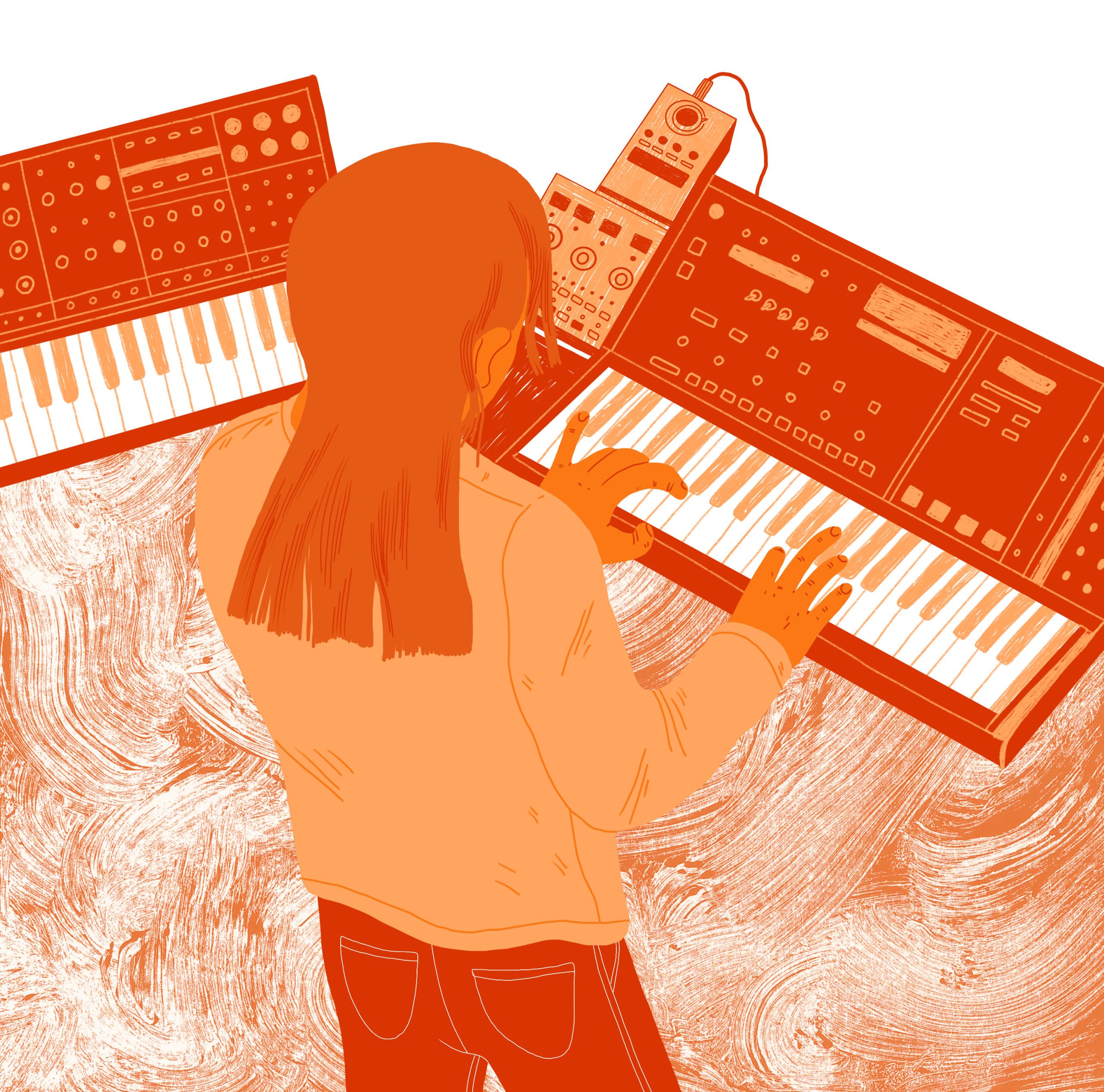An introduction to Ambient Music
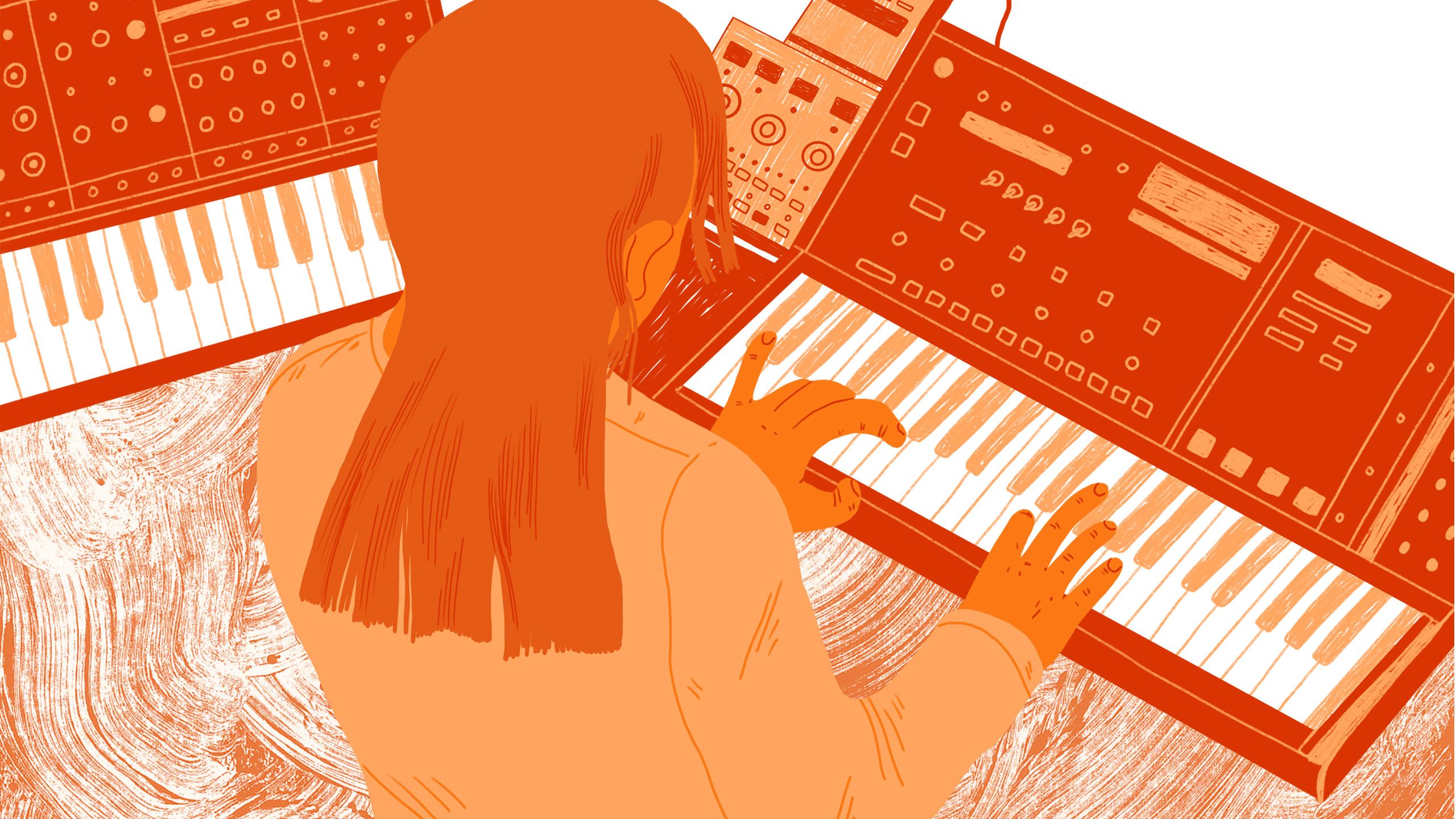
In À Rebours, the decadent 1884 novel by French writer Joris-Karl Huysmans, protagonist-aesthete Jean Des Esseintes composed a ‘music of flavours’. In a closet in his dining room, Des Esseintes installed a ‘mouth organ’ that was connected to a number of barrels of liquors. The stops of the organ were labelled ‘flute, horn, celestial voice’, and so on; each was parallel to a kind of liquor, the taste of which Des Esseintes synaesthetically connected to a particular sound. An aesthete composing by way of taste, of sense and sensuality – isn’t this rather like ambient music, that most elusive of genres of music, where sound should be ‘as ignorable as it is interesting’, yet which allows for all kinds of gorgeous, previously unimagined combinations of tone, texture and timbre? Ambient has come a long way since its beginnings in the mid-1970s, and has inveigled its way into many different creative endeavours, but the core of it, to create music of environmental tinting and of sensual pleasure, isn’t so far from Des Esseintes’ mouth organ, or his symphonies of scents and sights.
While you're reading...
Listen to Tomoko Sauvage's ambient mix 🎶
Ambient is relatively rare in that it’s a genre that can be traced back to one artist, and first and foremost, ambient is the creation of Brian Eno.
That said, the broader sensibility – music of moods, of environments, sound as part of quotidian experience – has its forebears, some of which we will discuss shortly. Ambient is also a surprisingly limber, pliable genre, perhaps partly due to its tendency towards the self-effacing and the anonymous. And if ambient is currently experiencing a moment of heightened awareness, that’s partly due to the way it caresses the sensorium and moves toward pleasure, offering calm and refuge from the 21st century storm, and partly due to its aforementioned malleability: we can see ambient cropping up across the musical spectrum, from the cosmic R&B of Solange and King, to the modular electronics of Caterina Barbieri and Kaitlyn Aurelia Smith, through to recent micro-movements like chillwave and vaporwave.
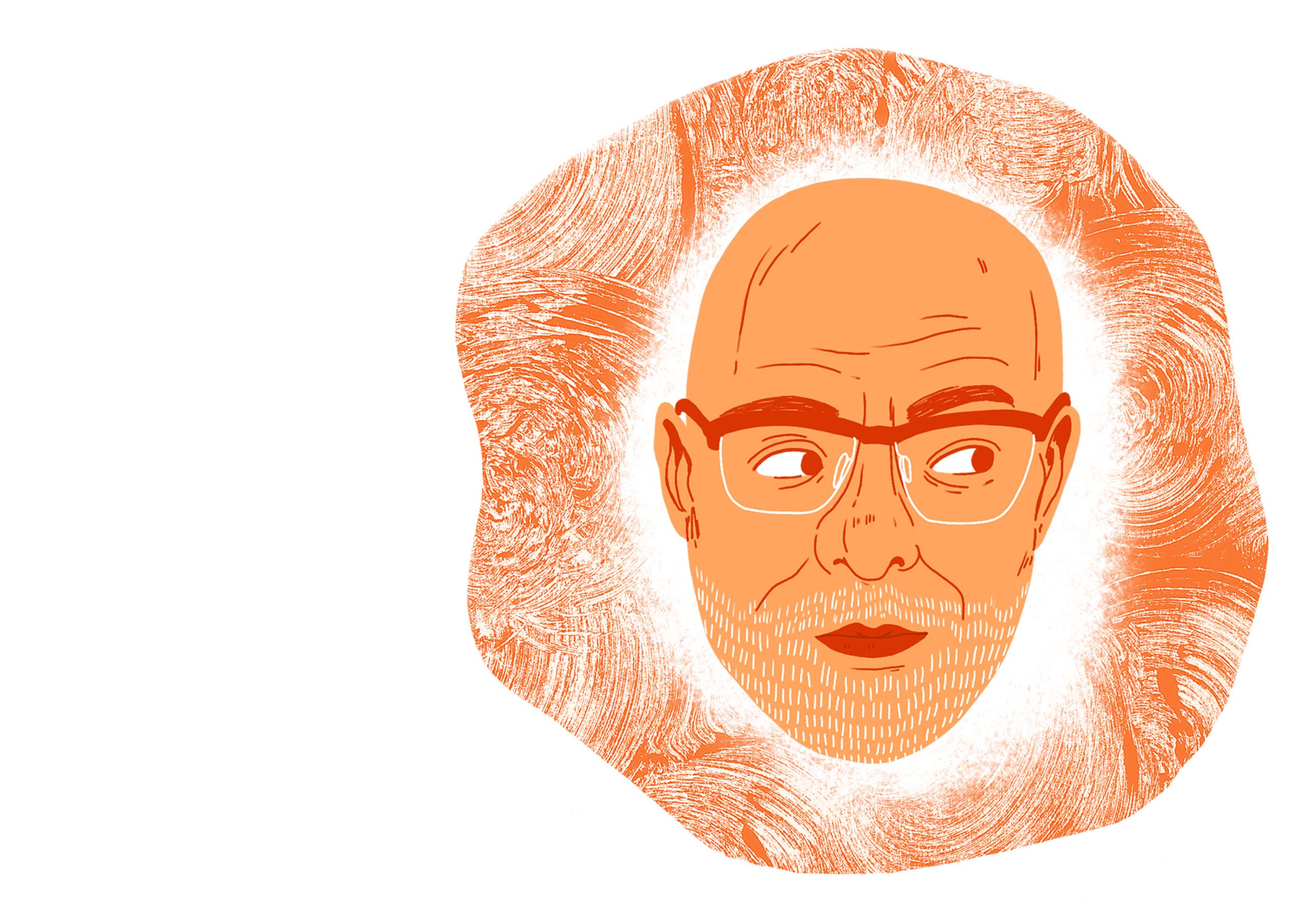
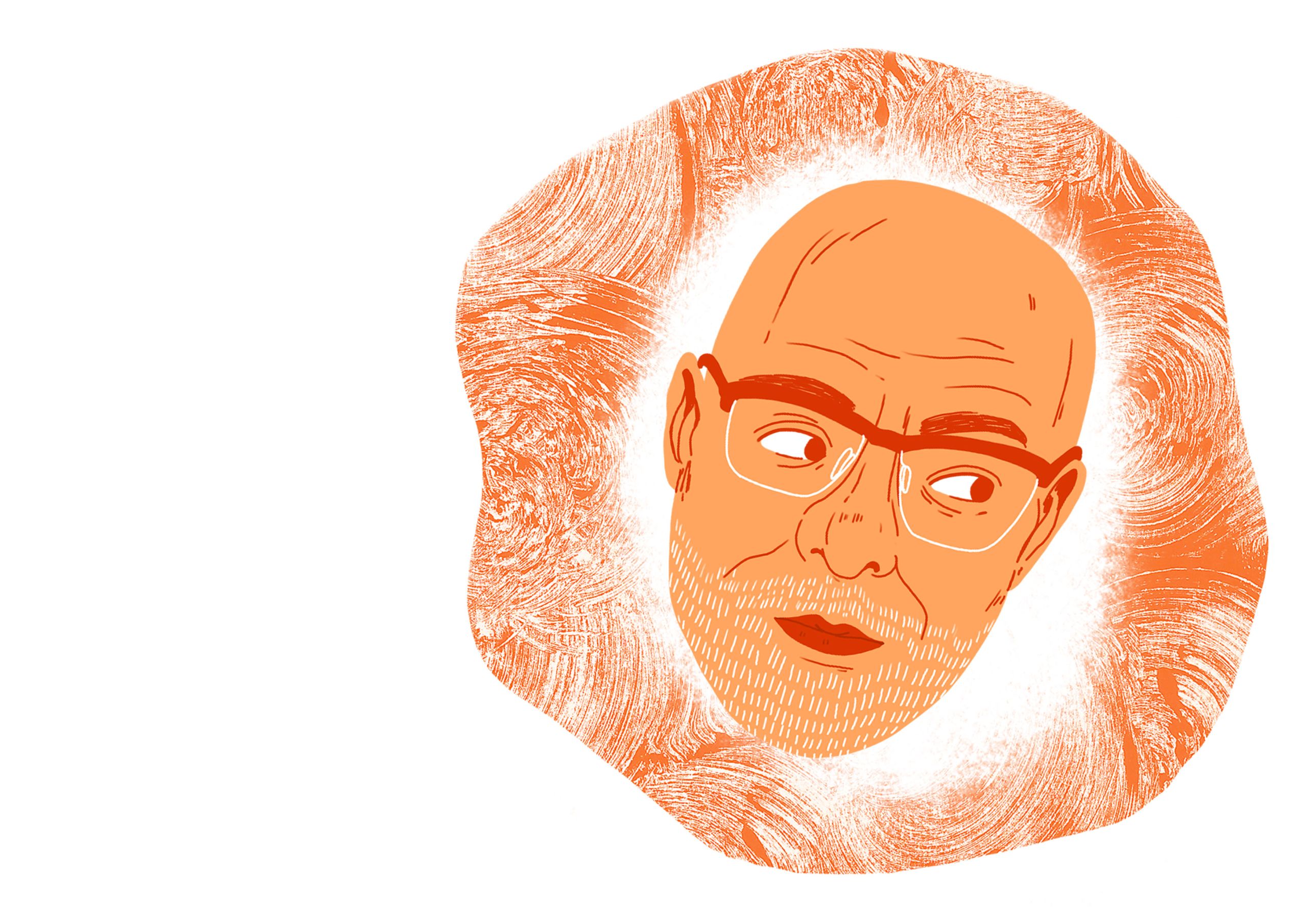

'Ambient is relatively rare in that it’s a genre that can be traced back to one artist, and first and foremost, ambient is the creation of Brian Eno'

An Ambient Discovery
The story behind Eno’s discovery of ambient music is legend. Recovering from an accident, he was given a recording of harp music to listen to. Eno put the record on, settled back into his bed, and quickly realised he’d set the amplifier’s volume too low, with one channel not working at all. Too exhausted to get up and correct his mistake, he gave in to another way of listening, discovering the way music at low volume melts into, and becomes part of, the low-level scrum of the everyday environment – part of the general ambience. Building on this realisation/revelation, he would record and curate a number of landmark ambient albums, such as Ambient 1: Music For Airports and Ambient 4: On Land.
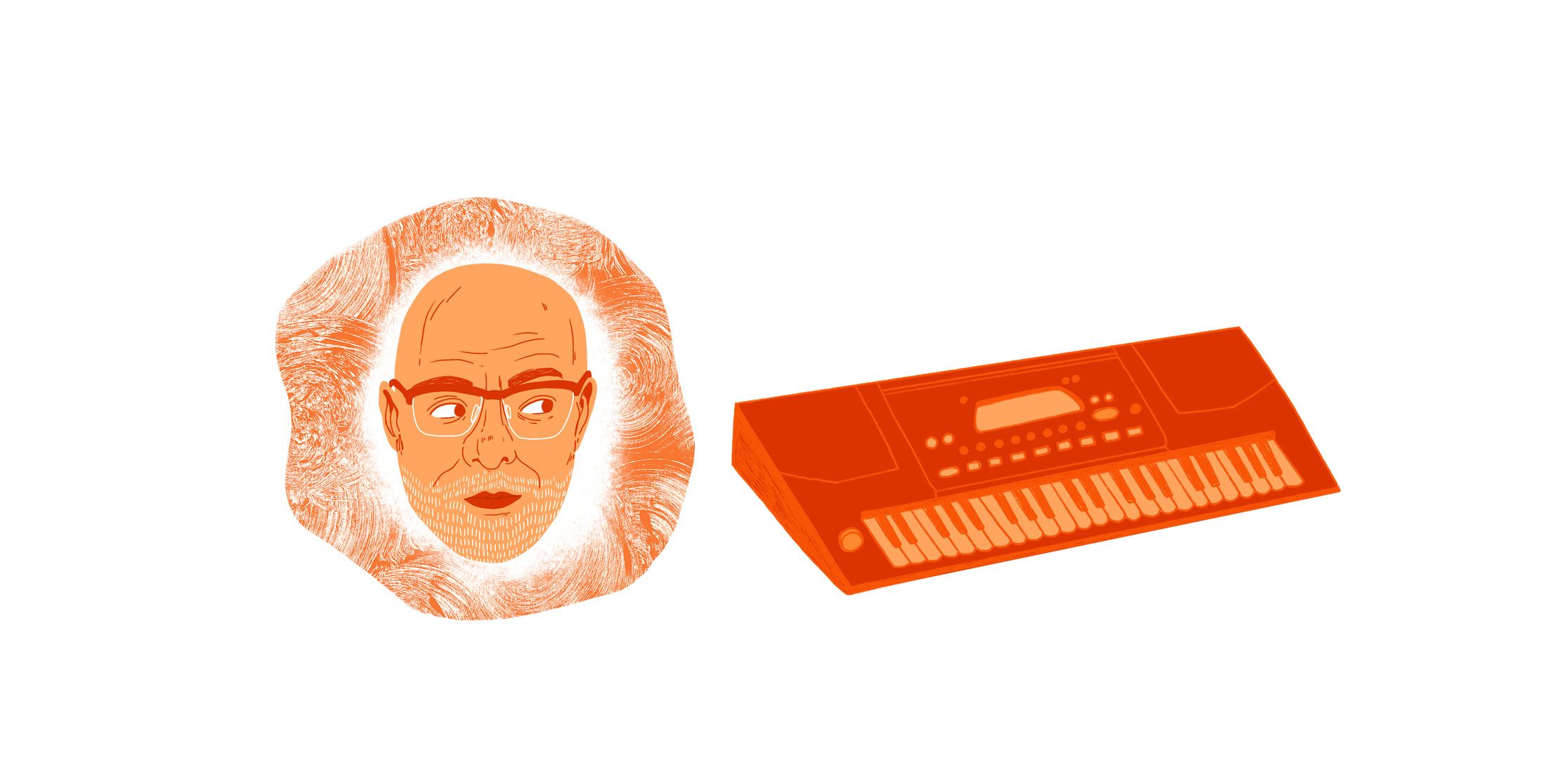
Eno was a refugee from art-rock – he was an original member of Roxy Music; but the music he was now making, sedentary and supine, intellectually rigorous, hooked him into a wider history of art – from the musique d’ameublement (furniture music) of French composer Erik Satie, through the chance operations of John Cage, the minimalism of La Monte Young and Steve Reich, experimental film’s jettisoning of narrative and its subsequent movement ‘into the field’ as expanded cinema, the graphic scores of Morton Feldman, the group sound of AMM and The Scratch Orchestra (Eno himself had been part of the latter). There’s a through-line here of experiment and chance, but also of expression as part of an environmental consciousness, understanding the architectures of everyday life.
Eno would bring a number
of other musicians into his orbit

A New Age
Enthused by his discovery, Eno would bring a number of other musicians into his orbit as he continued to explore the possibilities of ambient music. Harold Budd, Jon Hassell and Laraaji would all release albums recorded by, and/or in collaboration with, Eno; some of the ideas he was exploring would influence his production of groups like Talking Heads. Laraaji’s Ambient 3: Day Of Radiance was recorded after Eno had encountered the artist busking on electric zither in Washington Square Park; Laraaji would go on to make a number of luscious, benign albums across the following decades. He also intersected with New Age, a genre that ran alongside ambient music for much of the 1980s and beyond, the two feeling like shadow sisters.
New Age certainly shares some of the tonality and pacing of ambient music, and it has gifted the world with some stunning composers – see Joanna Brouk, Pauline Anna Strom and Trans-Millenia Consort, J.D. Emmanuel, and Emerald Web. Framed through its various use values – an accompaniment to meditation; a sound to accompany healing; music for relaxation and contemplation – New Age chimed with a post-countercultural turning to the mystical, the hermetic and the esoteric, a drive toward alternate knowledges and visions of other ways that life could be. While it’s easy to create a caricature of the New Age artist as heavy with the crystals and mantras, it’s also a music that speaks to a desire for guidance out of the confusions of late capitalism. At its very core, New Age is about emotional transformation: not there to be ignored, but rather to become one with, as an aid in spiritual practice.
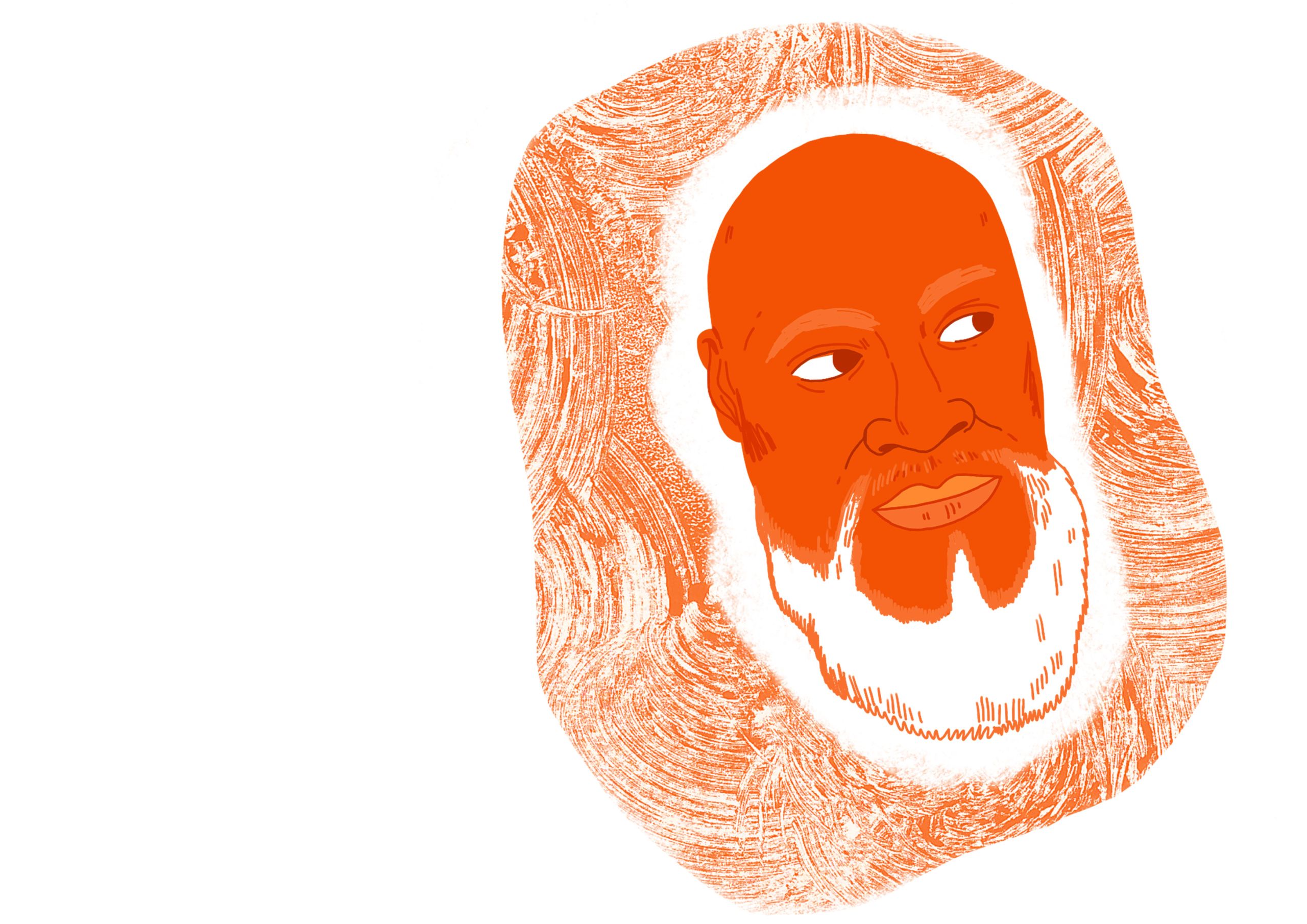
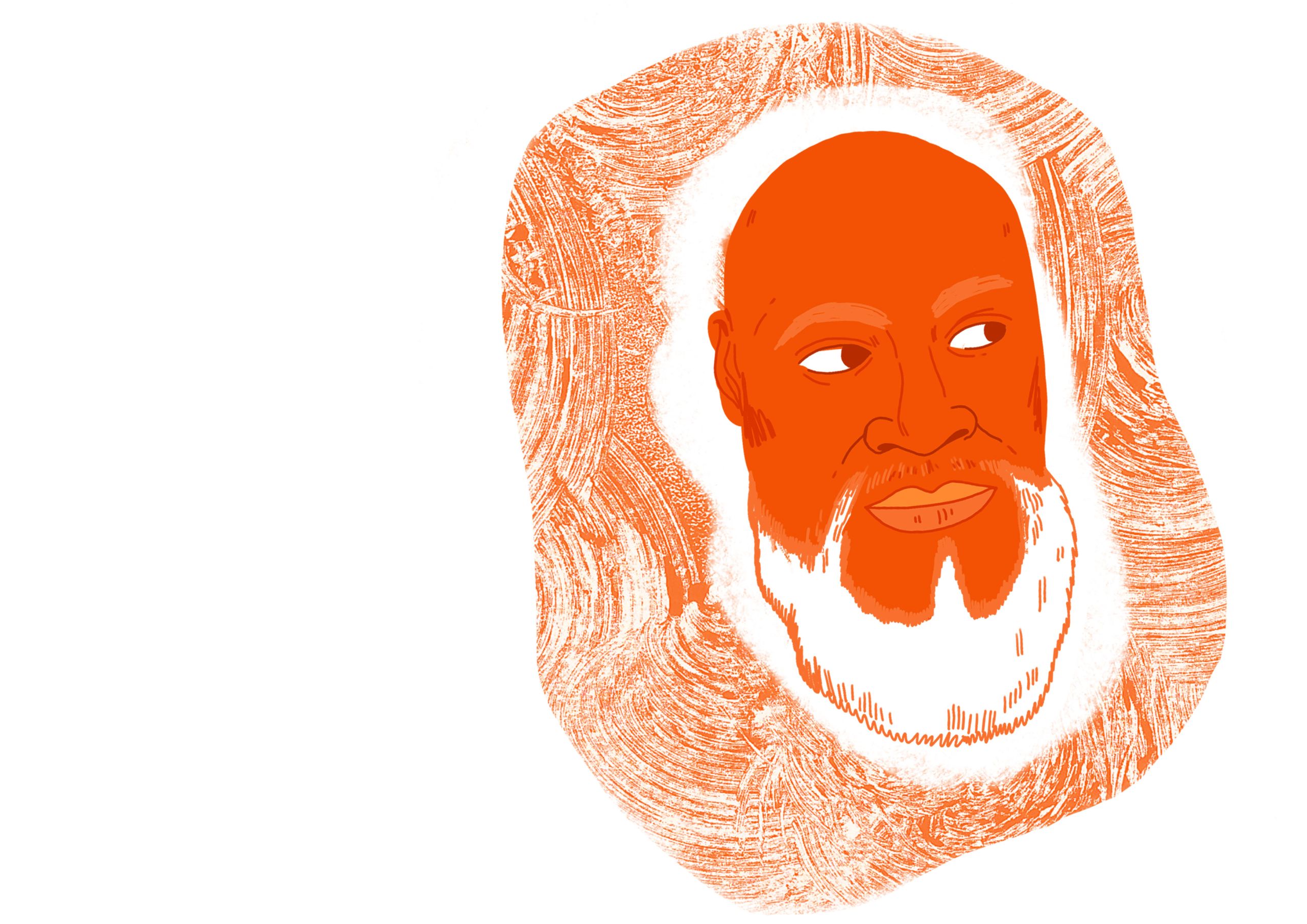


'Japan became a stronghold for this music in the 1980s'

The Japanese Scene
Elsewhere, the combination of New Age tonalities and ambient aesthetics was taking on new, compelling shapes. Japan became a stronghold for this music in the 1980s – one that has recently been (re)discovered by the west by curatorial figures like Spencer Doran, whose Kankyō Ongaku compilation of Japanese Ambient, Environmental and New Age Music 1980-1990 is an excellent entry point. Featuring composers such as Yasuaki Shimizu, Hiroshi Yoshimura, Yoshio Ojima and Satoshi Ashikawa, along with legendary techno-pop trio Yellow Magic Orchestra, it’s a welcome introduction to this scene’s very particular aesthetic – a pointillist, pinprick kind of digitalia that explores and contours its spaces of broadcast. Created across the 1980s, it reflects back to audiences the decade’s fascination with postmodern plasticity, albeit with a becalmed air.

The music collected on Kankyō Ongaku, along with other significant albums such as Midori Takada’s scene-defining 1983 album Through the Looking Glass, is fundamentally imbricated with the lived environment and practices of consumption (the compilation name translates as ‘environmental music’). There’s a base utility to much of the material here, and the compilation includes pieces used in television advertisements, or in one instance, as the in-store music for retail store Muji. If ambient music is often about ‘tinting the air’, there is a significant focus here on ambient’s capacity to paint room-sound in various hues of light and shade; much like library music, Kankyō Ongaku’s surface utility, its appealing blankness, somehow allows for emotional contouring. Ambient music as in-store environment offers an intriguing intersection of commerce and aesthetics, a kind of economic presence through relative absence.
Midori Takada’s Through the Looking Glass, reissued a number of years ago by Palto Flats and WRWTFWW, resurfaced in the collective consciousness through a particularly 21st century phenomenon – the album was posted in its entirety on YouTube, and made available for download via blogs. Takada’s move from classical music to ambience and experimentation, via studies in traditional African and Asian music, allowed her to essay an album that drew from polyrhythms and tonalities that stretched the possibilities of her chosen genres; the end result is a glinting, sensuous collection of compositions, recorded across just two days, that are stippled with refractive textures. The album is ‘primarily my own interpretation of Asian rhythms,’ Takada told Paul Bowler of Vinyl Factory, though on ‘Crossing’, she continues, ‘the rhythms were inspired by the sound of Japanese traffic lights.’
Watch our interview with Japanese percussionist Midori Takada and her collaborator Lafawndah:
The Chill Out Room
By the late 1980s, ambient music occupied a complex position within the musical landscape. The genre had established itself to such a point that it could sustain as its own thing – see, for example, the Venture Records catalog, a sub-division of Virgin Records that focused on ambient and electronic music from artists like Hans-Joachim Roedelius (Cluster), Holger Czukay (Can) and David Sylvian (Japan) – but it was also just as likely to exist as part of a broader aesthetic palate. Elements of ambient music, combined with minimalism, systems music, and pop, cropped up in the independent music scene, for example, through the neo-Romantic aesthetic of the 4AD label, and the reverb-laden dream-pop of groups like Dif Juz, This Mortal Coil and Cocteau Twins (the latter even worked with ambient legend Harold Budd).
But ambient’s next, and perhaps most unlikely, extended moment of broader cultural relevance would happen across the late 1980s and early 1990s, as an adjunct to the second Summer Of Love and the explosion of rave culture. This seismic cultural shift, playing out in England in particular, was soundtracked not just by acid house and hardcore, but by what was going down in the chill-out room. For a time there, the dancefloor became a space of musical heterogeneity, where ambient met techno and house – genres informed by the fundamentally black American expressions of dance music. Indeed, the fiercely brittle minimalism of epochal productions by the likes of Cybotron, Jeff Mills, Robert Hood and Phuture makes another significant contribution to the development of ambient house and electronica.
This should come as no surprise, given some of the influences on early techno producers such as Juan Atkins and Derrick May, who had turned their ears towards electronic pop from Europe: Kraftwerk were fundamental to their collective worldview; they also drew from German Krautrock artists like Manuel Göttsching, and English industrial acts Throbbing Gristle and Cabaret Voltaire. What all of these producers shared was an attention to sonic detail, and a capacity to understand the power and potential of timbre and repetition as fundamental ways to ensnare and enrapture the listener. It’s a relatively small step from the pulsing, synthetic grids of Göttsching’s E2-E4 to the shivery space-textures of early ‘90s ambient/techno producers like The Irresistible Force – techno and house are the through-line, aesthetically, that allowed this development.
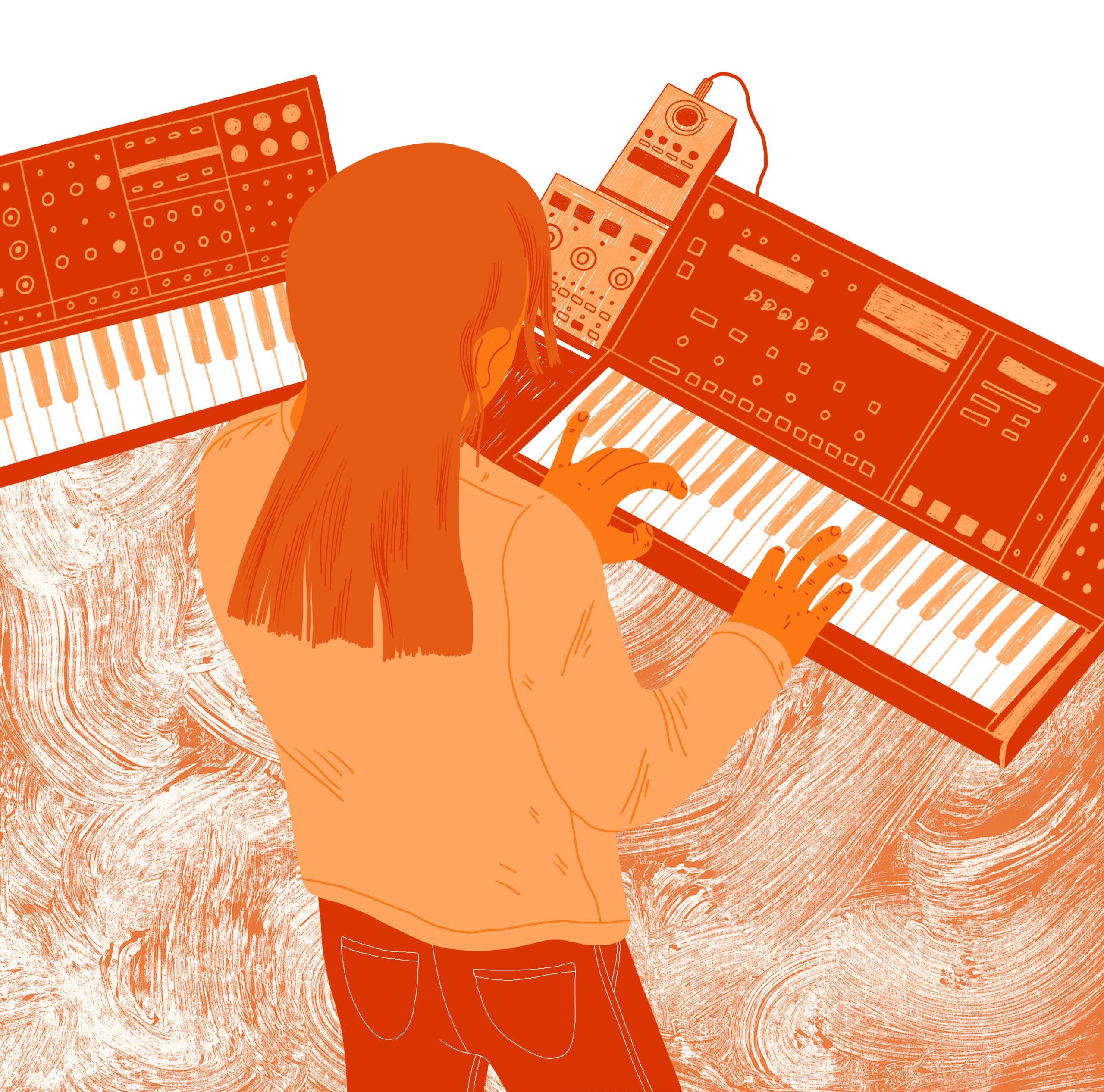
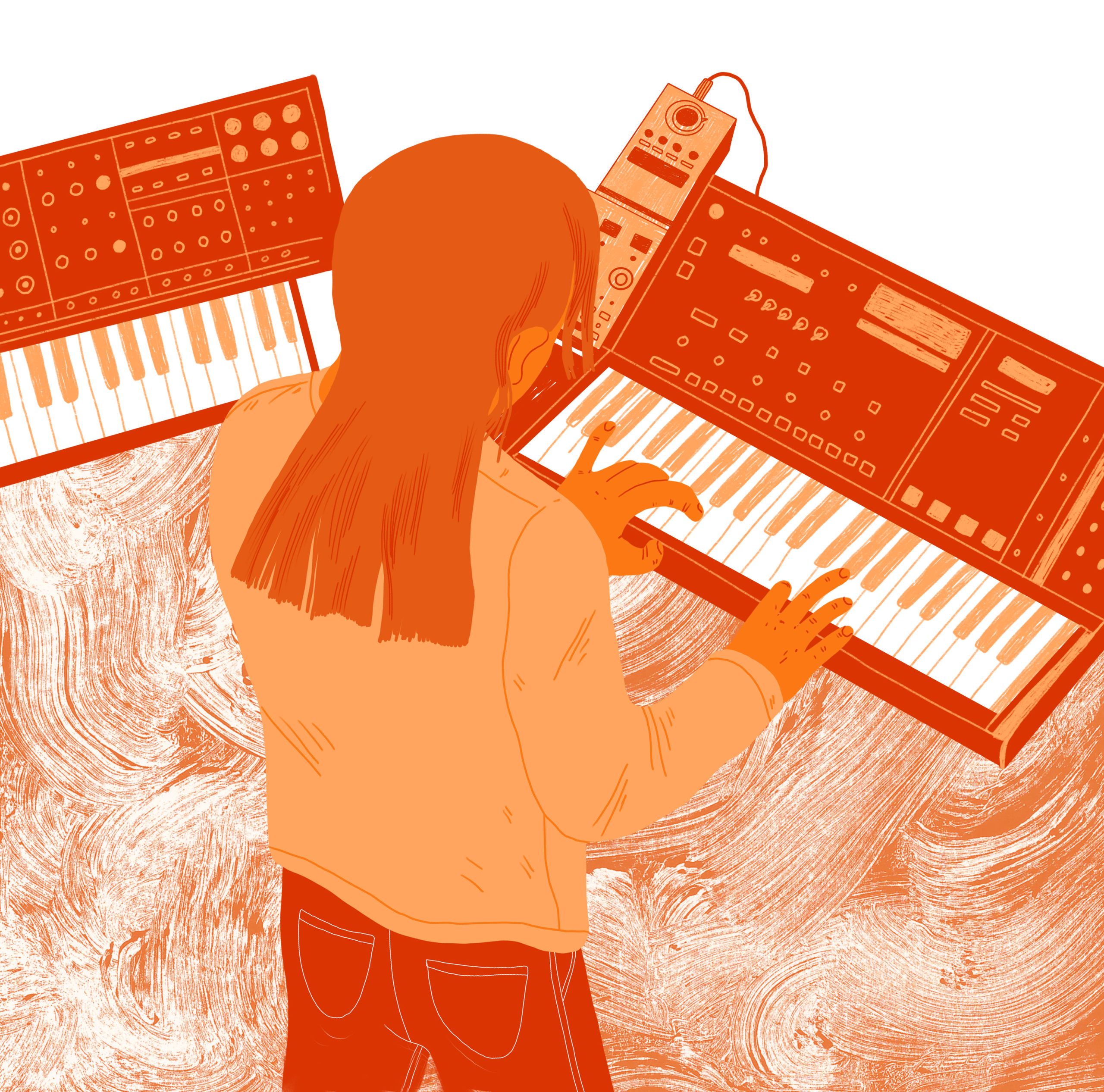


'For a time there, the dancefloor became a space of musical heterogeneity, where ambient met techno and house'

But techno and house also offer the soundtrack to the collective dreaming that was rave culture – clubs with walls slick with sweat; tens of thousands of ravers in a field; drugs, depth-charge bass and bleary bonhomie on the dancefloor. Someone had to soundtrack the comedown, and here’s where other influential albums, like Steve Hillage’s Rainbow Dome Musick, would come into play; Hillage recalls walking into a chill-out room to find Alex Paterson of ambient-house legends The Orb DJing his 1979 classic, which was originally recorded for the Rainbow Dome at London’s Festival for Mind-Body-Spirit. Some of the cannier producers of the era would draw on ambient music as one tool in their production arsenal, aerating techno, house, and later jungle, with the blissed-out drifts and voluptuous drone dreams of ambience.
It would also find its way into the charts, thanks to the pop crossover potential of singles like The Grid’s 'Floatation', The Orb’s 'Little Fluffy Clouds' and Primal Scream’s 'Higher Than The Sun'. Perhaps at the pinnacle of this era of music would be Billie Ray Martin’s 4 Ambient Tales, an EP produced by The Grid. Martin had already seen success with electro-pop group Electribe 101, but with 4 Ambient Tales, she found an almost preternaturally sympathetic setting for her dolorous, gorgeously bleak blues plaints.
It’s a startingly effective combination of glossed, gaseous tones, and Martin’s lovelorn sighs. Similarly, One Dove’s Morning Dove White, co-produced by the late Andrew Weatherall, provided a gently psychedelic swirl of ambience and pop for Dot Allison’s mesmeric song mantras. In both cases, the chill-out room became a space for silent contemplation, for reminiscence and reflection.




A Darker Path
While this was happening, indie rock groups were stretching their limbs by interweaving ambience with electronica – see the British post-rock of Insides, Bark Psychosis, Papa Sprain, Slowdive’s Pygmalion. Electronic producers, who’d originally embraced the pastoral and mellifluous elements of the ambient/dance crossover, on such albums as the Aphex Twin’s Selected Ambient Works ’85-’92, Ultramarine’s Every Man & Woman Is A Star, and The KLF’s Chill Out, were busy exploring darker terrain, most notably Aphex Twin, with the suffocating, bleak drifts of Selected Ambient Works Vol. II. These two strands would coalesce into a new movement of sorts, isolationism, taking ambience down a murkier path: dankly lit and full of foreboding, the music of producers like Final and Scorn could be intensely claustrophobic. A compilation, Ambient 4: Isolationism, curated by The Bug’s Kevin Martin, proved that isolationism was a broader church than expected, with appearances from AMM, lo-fi noise-rockers Total, and Japanese polymath Keiji Haino’s medieval drone-drift outfit Nijiumu.
Seldom Heard Music
One of the more surprising things about ambient music, given its directive to be ‘as ignorable as it is interesting’, is its capacity for nostalgia and longing; to unlock memory, melancholy and deep emotion in the listener. This is something that Eno himself found, when his Ambient 1: Music For Airports was performed by new music ensemble Bang On A Can: ‘When I heard it, I actually had tears in my eyes, and I couldn’t understand why,’ he told Andy Gill back in 1998. We can see this interest in the melancholic and memory-jogging properties of ambient music in recent work by The Caretaker, whose hauntological productions started out as submerged manipulations of ‘30s ballroom pop, or William Basinski’s mammoth Disintegration Loops, a seven-set collection of slowly disappearing micro-motifs, the music disappearing as Basinski’s tape loops corrode and oxidise.
German producer Wolfgang Voigt wanted to capture something else with his mammoth, psychedelic ambient productions as GAS: his intention, as he once told Rob Young, was ‘to crystallise or extract a very individual pop sound that would fit in with the subculture. A part of this vision goes back to the psychedelic drug experiences I made in the late 70s at Königsforst.’ Drawing from these formative memories, Voigt produced a very peculiar, highly compelling, series of albums, where thick, molasses-like drones, sampled from classical and other musics, would slowly unfurl over the muted four-to-the-floor thud of a bass drum. It somehow manages to be both murky and halatial, an elliptical world of sound that’s dense, humid, webs of tree branches giving way to trunks slick with peat and moss, matted organic matter crunching underfoot as you traipse through a forest that unfolds into an eternity.
While the GAS albums were released on German electronica imprint Mille Plateaux, Voigt has used his own label, Kompakt, to launch his Pop Ambient series and aesthetic. Through a long-running series of compilations, he’s captured a particularly lovely sound – a shimmering, lustrous expanse of glittering pop textures that nonetheless hum and vibrate in an aqueous pool of ambience. Voigt started producing in Cologne, a city which, in the nineties, allowed for eclecticism – it was a city of collectivism, where you could move between techno and acid at Kompakt, to electronica and experimentalism at the A-Musik record store, stopping off at the Liquid Sky Cologne nightclub, whose motto, inspired by the artist Dieter Roth, was ‘Selten Gehörte Musik’ – ‘seldom heard music’. Pop Ambient takes off from this openness, and its compelling for the way it enacts rapprochement with multiple genres. Ambient, pop, techno, modern classical, and minimalism all sit alongside each other here, comfortably, as though they were made to be together.



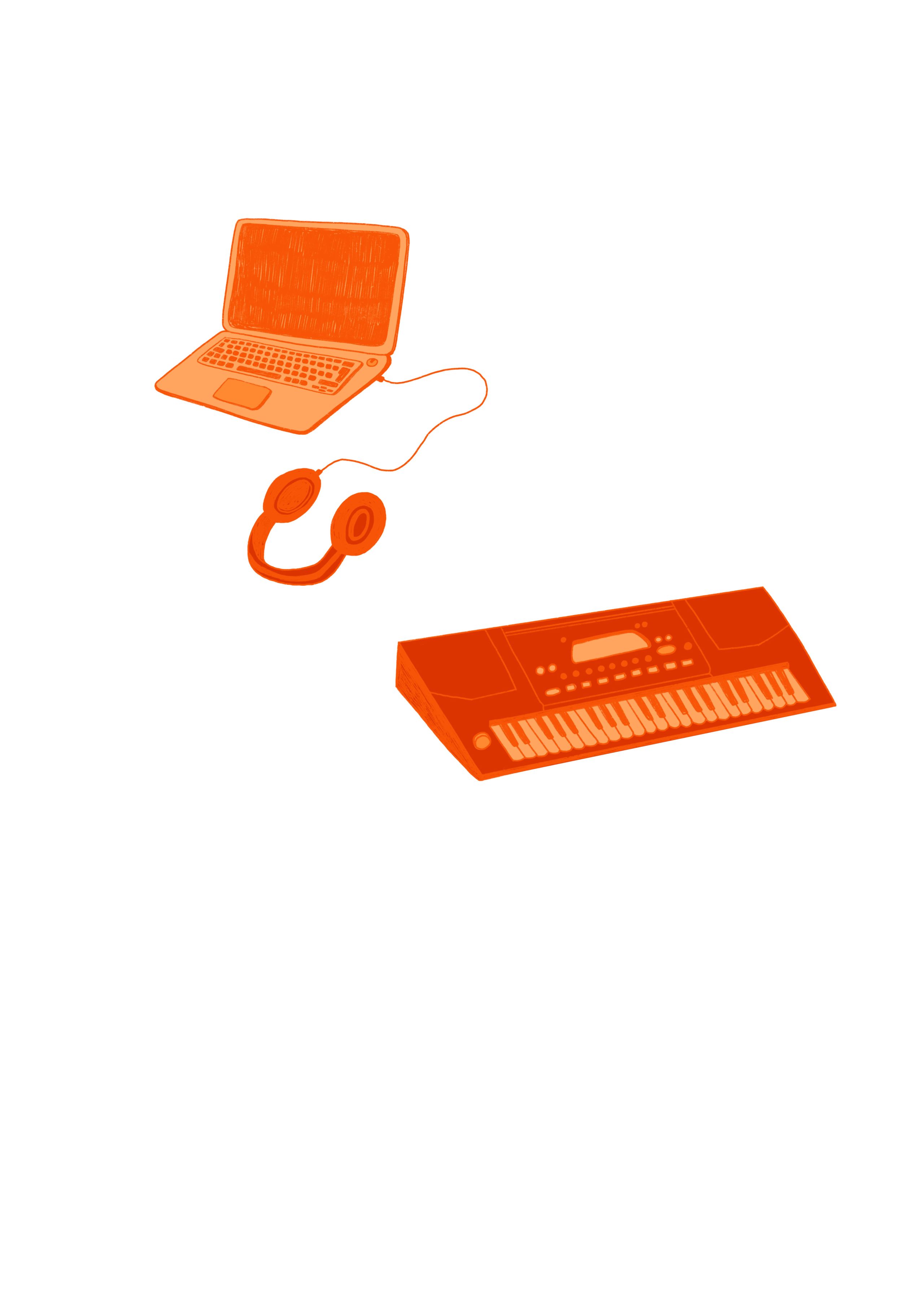

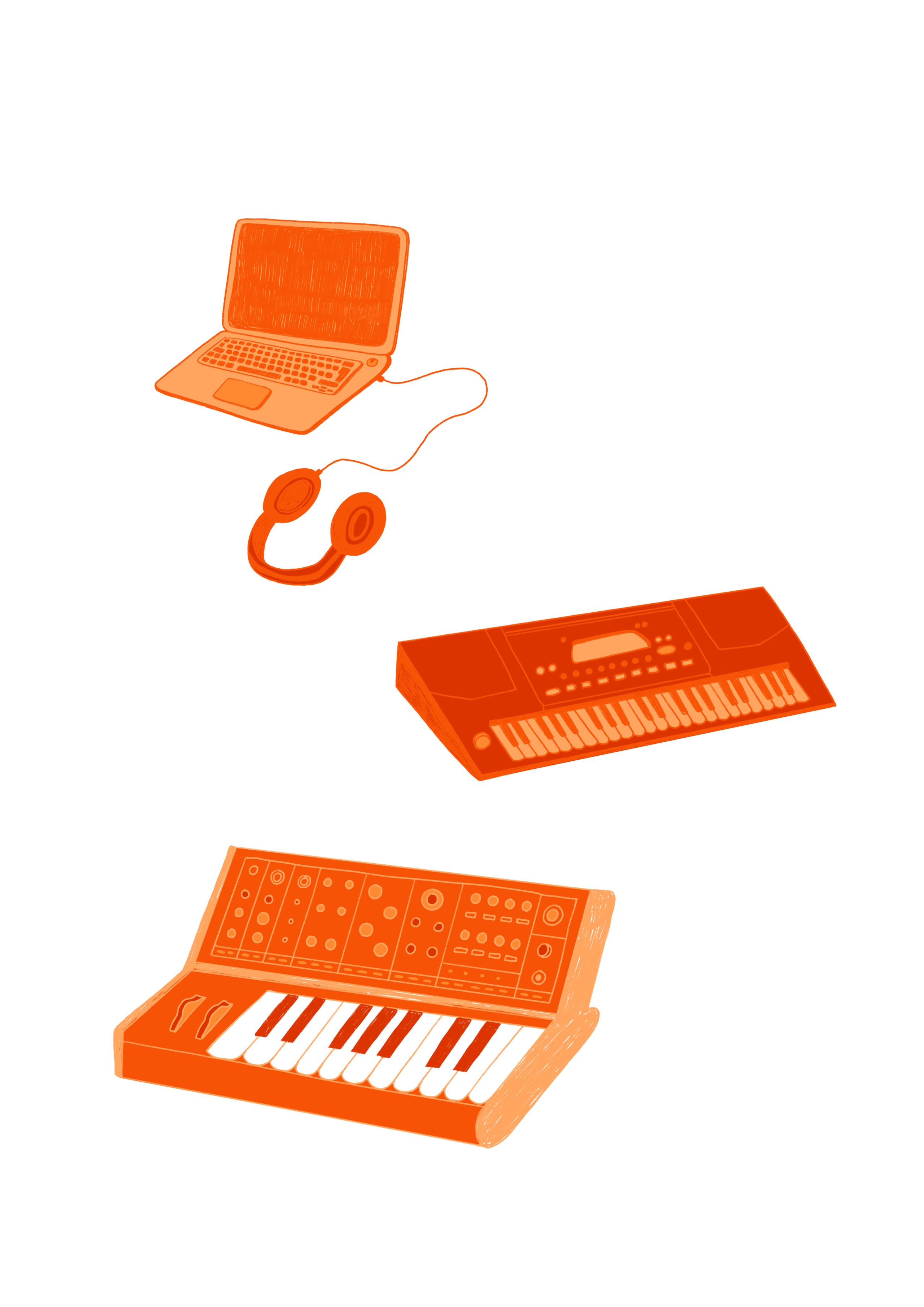
'Ambient, pop, techno, modern classical, and minimalism all sit alongside each other here, comfortably, as though they were made to be together'

There are, of course, always artists across the globe continually working within subgenres of ambient, or genres that borrow from ambient’s core aesthetics. There are a number of interesting producers currently working within ambient as a genre, or with the tools of ambient music. American guitarist-songwriter Liz Harris, working under the name Grouper, uses chorus and effects pedals to render her guitar into thick, dreamscaping waves of dronology – she has released material on the Kranky label, which was home, in the nineties, to a group of artists who combined space rock with ambient and shoegazing. Elsewhere, Caterina Barbieri and Kaitlyn Aurelia Smith connect with a tradition of modular synthesis that goes back to figures like Laurie Spiegel and Suzanne Ciani, patching complex patterns and tangled webs of glassy, shivery synthesis.
More traditional means are used by artists like Ellen Arkbro, Kali Malone and Sarah Davachi, who all work within frameworks that draw from classical music – for Davachi, that can mean medieval composition; for Malone, it’s about exploring the nuances of the pipe organ in slow-moving waves, allowing melodies to blossom slowly. Similarly, Julia Holter calls upon these and other means to create complex, emotionally riveting song cycles – 2018’s Aviary was a dense thicket of noise and song, where lengthy passages of minimalist movement were disrupted by 'cri de cœur' songs of great power.
There are more critical voices within ambient, too: Terre Thaemlitz uses some elements of ambient composition and processing to produce powerful, lengthy works that address questions of gender, identity, economics and politics. She has also written an essay, The Crisis Of Post-Spectacle “Live” Contemporary Ambient Performance, that perceptively discusses the tensions in performance practices, and understandings of ‘musical codes’, in contemporary ambient production. That this essay was written back in 1997, yet still resonates, suggests that there is still a lot more to learn and reflect upon within the field of ambient music.
In some ways, ambient now is the genre-less genre: it has expanded to absorb electronica, minimalism, contemporary classical, various mutant strains of dance music, post-rock, shoegaze, and more beyond. All of this suggests that a continual reframing of ambient as a set of 'parameters for, or practices of listening' could well be more productive, moving forward, than a simple reconfiguring of the genre’s coordinates. This also allows the music to push further still, to extend its current moment of heightened cultural relevance.
For now, with the plethora of ‘ambient listening rooms’ and clubs, of producers and artists grappling with some of ambient’s still-untapped possibilities, of blogs and reissue labels digging deep to find ambient and New Age esoterica to share with new generations of listeners, ambient’s combination of functionality and supine pleasure has plenty more places still to go.




Listen to our Ambient playlist
Discover more music
Browse concerts from the Barbican Contemporary Music programme, including artists from all forms of music, experimental collaborations and new talent.
Jon Dale is a writer and researcher based in Melbourne, Australia. He teaches across a number of fields (popular music, experimental writing, media studies, criminology, sociology, screen studies); writes for Uncut and contributes liner notes and essays to a number of record labels and other publications. He is currently working on several books about DIY and post-punk music, and texts on experimental film and diary film making. He also runs the record labels Tristes Tropiques and Rose Hobart.
Aleesha Nandhra is an illustrator and printmaker from London. Her work often revolves around travel, culture , music, food and narratives.
Tomoko Sauvage is a Paris-based electro-acoustic Japanese musician. Her work investigates the sculpturality of sound and improvisation in relation to the environment; and utilises a combination of water, porcelain bowls, light and underwater amplification to form this sound.
